Inside the Dallas Industrial Boom: Part II
In the conclusion of a two-part interview, Stream Realty Partners' Sarah Ozanne discusses her outlook for the Dallas metro and why more companies are choosing to expand their Texas footprints.
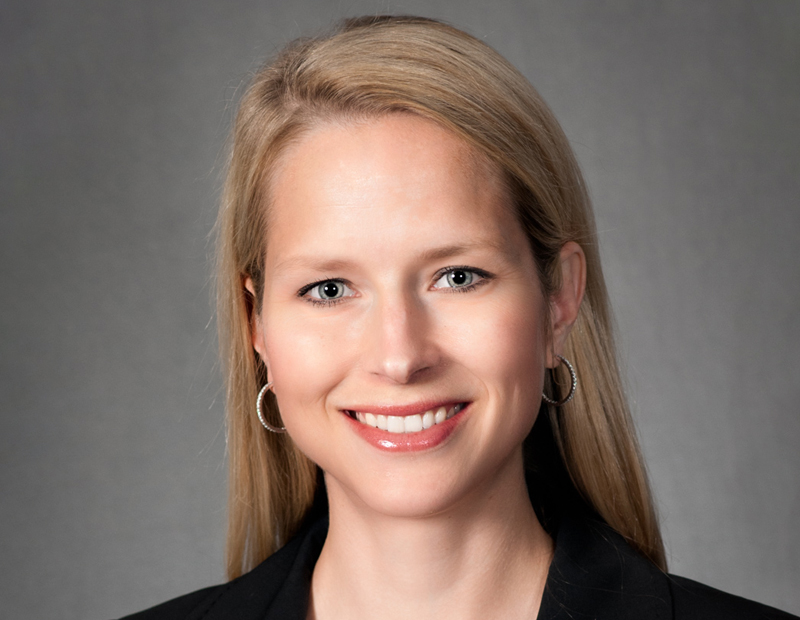
Sarah Ozanne, Vice President of Dallas industrial, Stream Realty Partners. Photo by Brady Photography
The Dallas industrial market has continued to outperform other metros despite drawbacks in the commercial real estate sector caused by COVID-19.
With more companies choosing to move to and expand operations in the DFW market, we decided to look into what is causing the surge and what’s to come in the future. In part two of this two-part interview, Commercial Property Executive spoke with Stream Realty Partners’ Vice President of Dallas industrial Sarah Ozanne, to discuss what’s next for the city and why companies are drawn to this metro over others.
READ ALSO: Inside the Dallas Industrial Boom: Part I
What can we expect from the Dallas industrial market in the next year?
Ozanne: I think what has been happening will continue to be the case, with sustained growth, and to be totally honest, that’s part of why people look at Dallas and industrial product. You’re never going to see a 20 percent spike and then a 20 percent dip. It’s a much more stable asset class. I think to expect sustained, steady growth is definitely something we will continue to watch.
There’s also going to be a couple of markets that we’re watching to see absorption. I think for example, south Dallas had a lot of development about five years ago and it was oversupplied, but that has all been leased and the developers have kind of stopped. I expect we’ll see a lot more activity in south Dallas and even over into the southeast Dallas metro. We’ll see developers return there and start building again. We’ll also see a lot of leasing activity in north and south Fort Worth. Those two markets and the city of Fort Worth has seen a huge increase in supply and new construction over the last 12-18 months, but activity had been extremely robust.
In terms of other factors, one thing I’m seeing certainly in the infill markets is a substantial increase in rates. This market historically has been a really steady 3 percent growth, very straightforward down the fairway. Now what we’ve seen—and it hasn’t even been the last year it’s been more the last six months—we’ve seen rates really start to push. Owners are starting to ask for 3.5 or 4 percent increases on their lease, we’re seeing asking rates continue to rise, renewal rates are extremely high and we see a lot of sticker shock from tenants as we send out renewal proposals.
That is really because the market continues to be so popular and so healthy that the demand for the the asset is extremely high, so we’re encouraging our landlords to continue to push rates, because we think it really is there to be had. The 10-year average might be 3 percent but last year it kind of ticked up close to 4 percent. I think we’re going to continue to see a pretty steep increase, especially for Dallas in asking rates and on face rates on new leases.
Do you see more companies coming to Dallas? If so, why?
Ozanne: We have definitely seen more companies come to Dallas. What I would say more often than not is that it’s not usually a full relocation, but an expansion of their existing operations. I certainly have had from 20,000 feet all the way up to 300,000, tenants who come, tour a space and sign a lease. Their whole story is: “Not only are we here to tour, but we are moving our whole family here from California because the cost of doing business is too much and we’re literally picking up and moving the whole business to Texas.”
That definitely happens but what we see more often is with the population growth and the demand, it’s time for a new facility in Dallas. We see a lot of third-party logistics companies doing that. We also see existing groups that have existing facilities expanding those within Texas. So it’s less about a new company making a big relocation stance as much as it is about groups that are already here growing their footprint.
What are some specific deals you’ve been a part of that showcase its growth?
Ozanne: The first one that comes to mind immediately is Uline, a packaging and supplies industrial group. They were in Dallas already but were relocating and at the same time they signed a lease on a million square feet and on 500,000 square feet right next to each other. So they effectively more than doubled their footprint right at the DFW Airport. Everyone talks about Amazon taking up huge blocks of space, but they’re no longer the only one or two companies doing that. Even in infill markets we’re seeing groups like that start to make large leases.
Another one I would point to is a third-party logistics company called Productiv. They are all over the U.S., but have recently signed two new leases in just the last year, effectively more than doubling their footprint in Dallas because of new clients and growing client requirements.
The other thing I would point out, prior to COVID, probably in the first six months or so into 2020—we saw a quiet spot. All of a sudden the 100,000-square-foot spaces weren’t leasing. It’s not anything wrong in the market, the world’s not ending, but it’s just slow and then it’ll pick up and then it’ll slow down again. Sometimes that’s just how the market works. But in a matter of months the 10 available spaces at a certain size range were all occupied by third-party logistics companies. So we went from going: “That’s odd, those spaces have been sitting for no good reason,” to now they’re all gone, and if you wanted a space that size, you can’t get one.
Check out part I of our interview with Ozanne here.

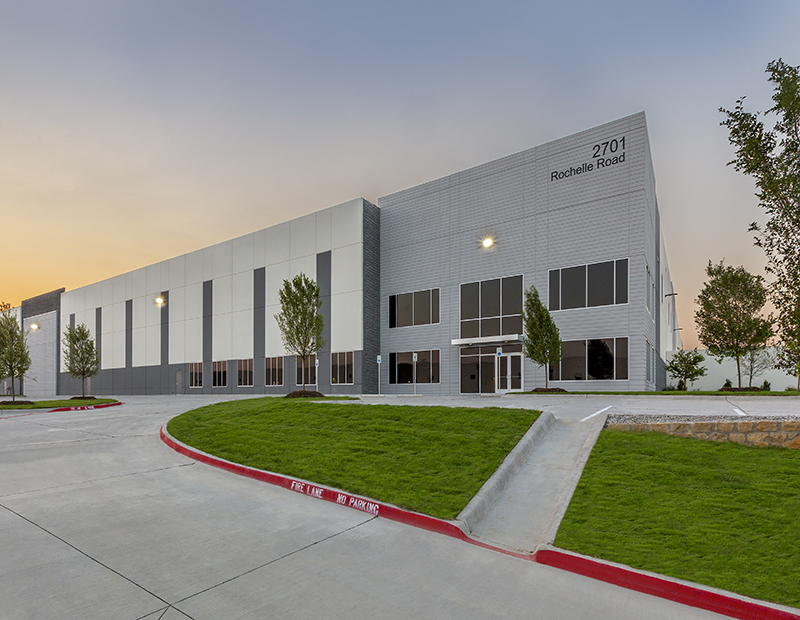
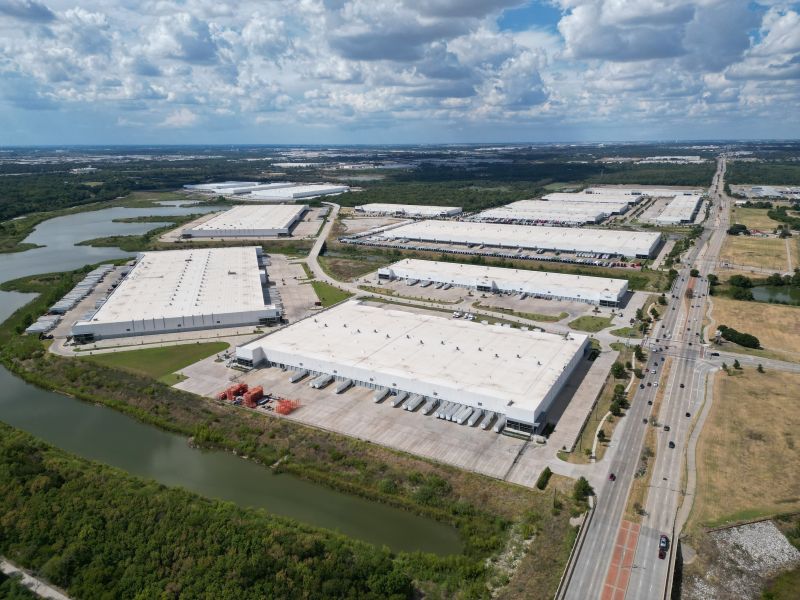
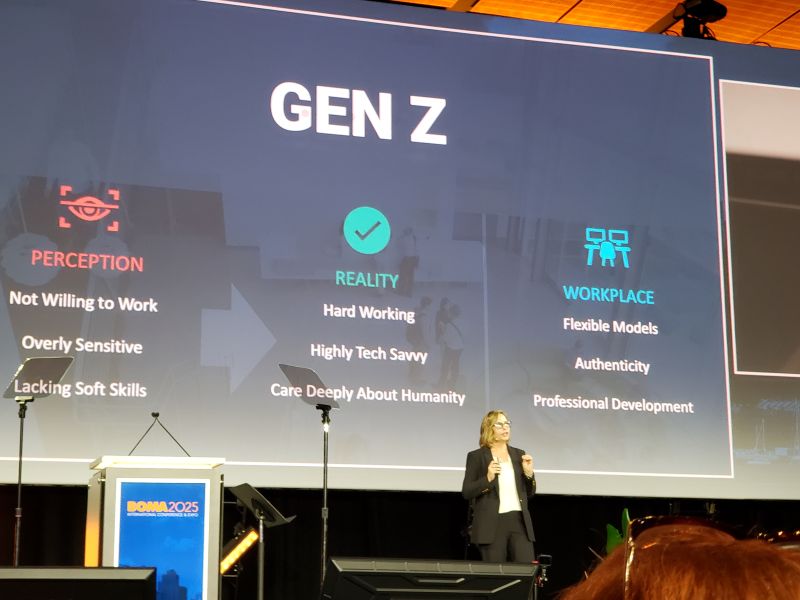
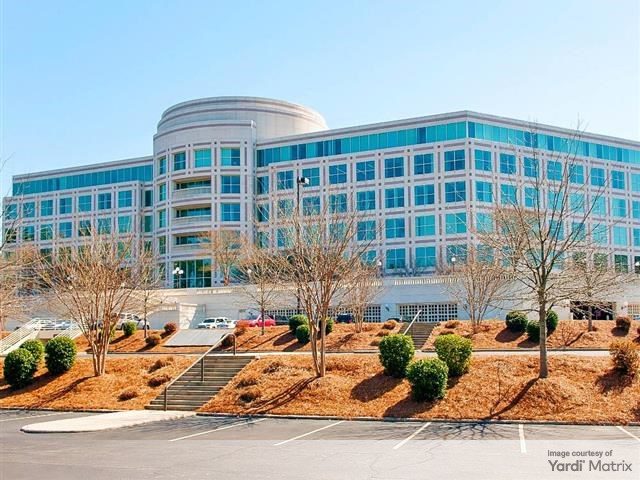
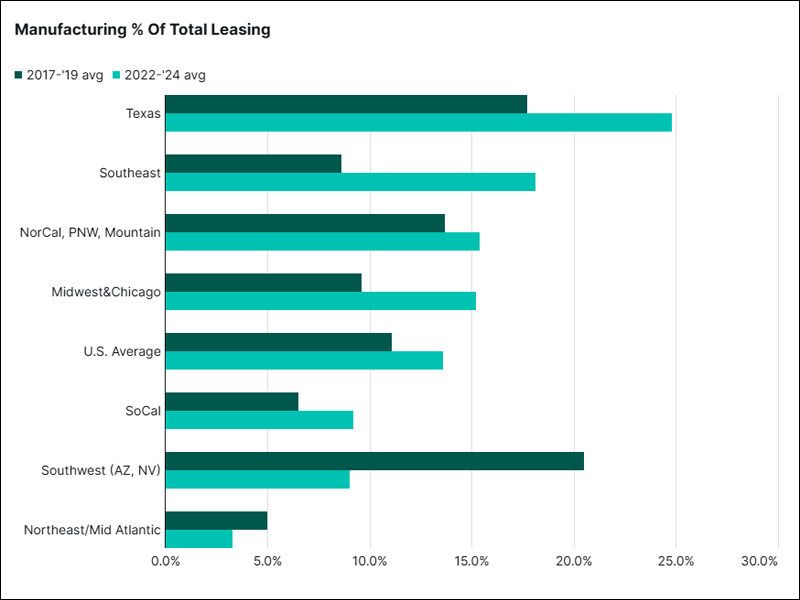
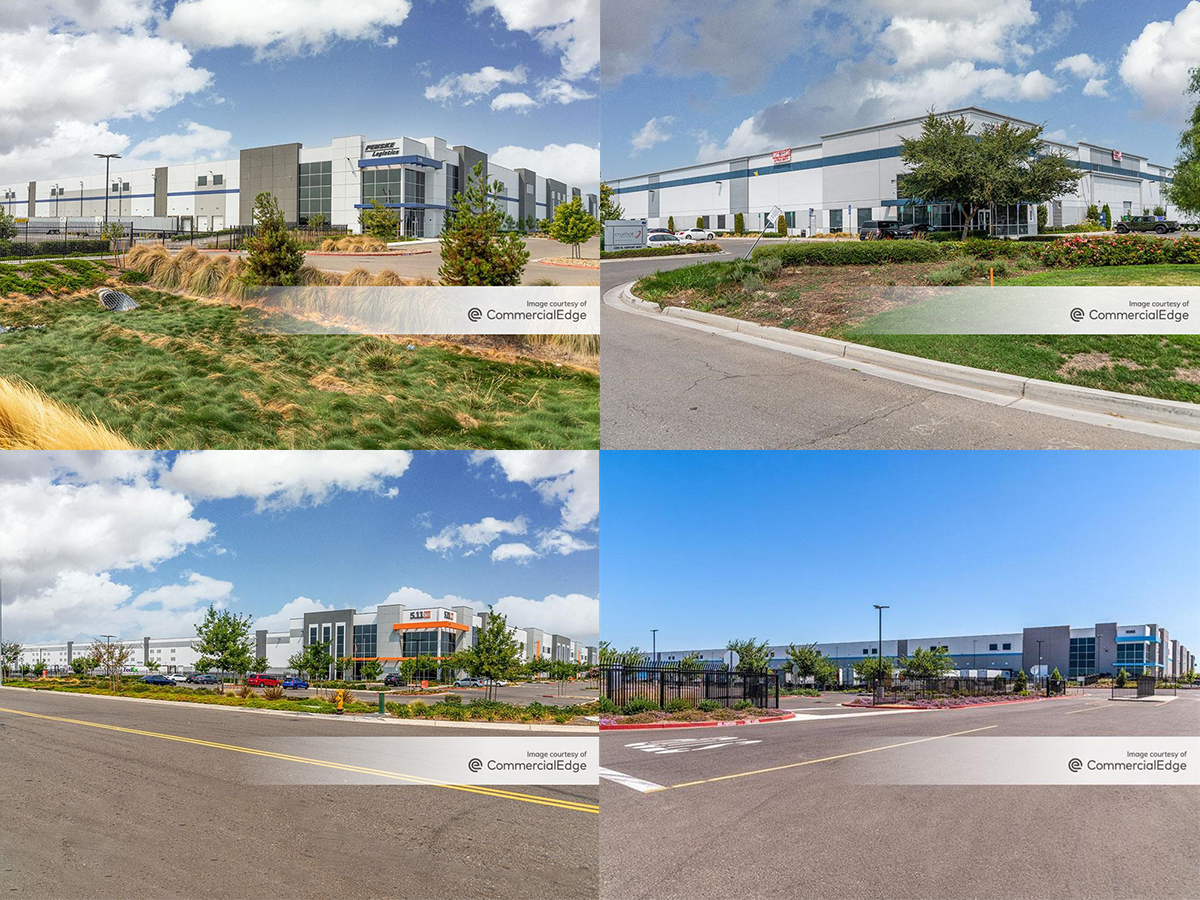
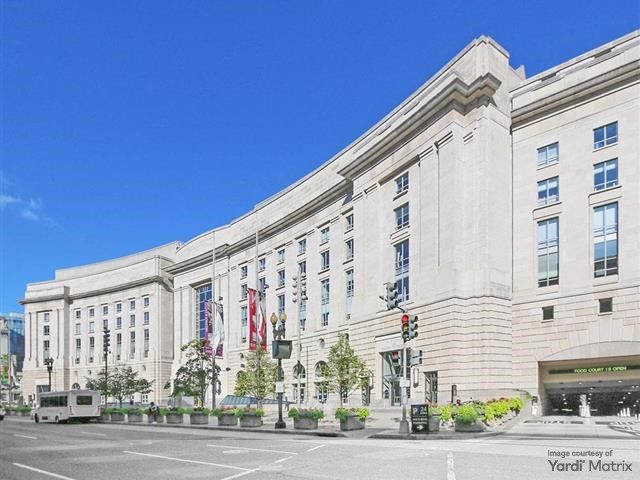
You must be logged in to post a comment.